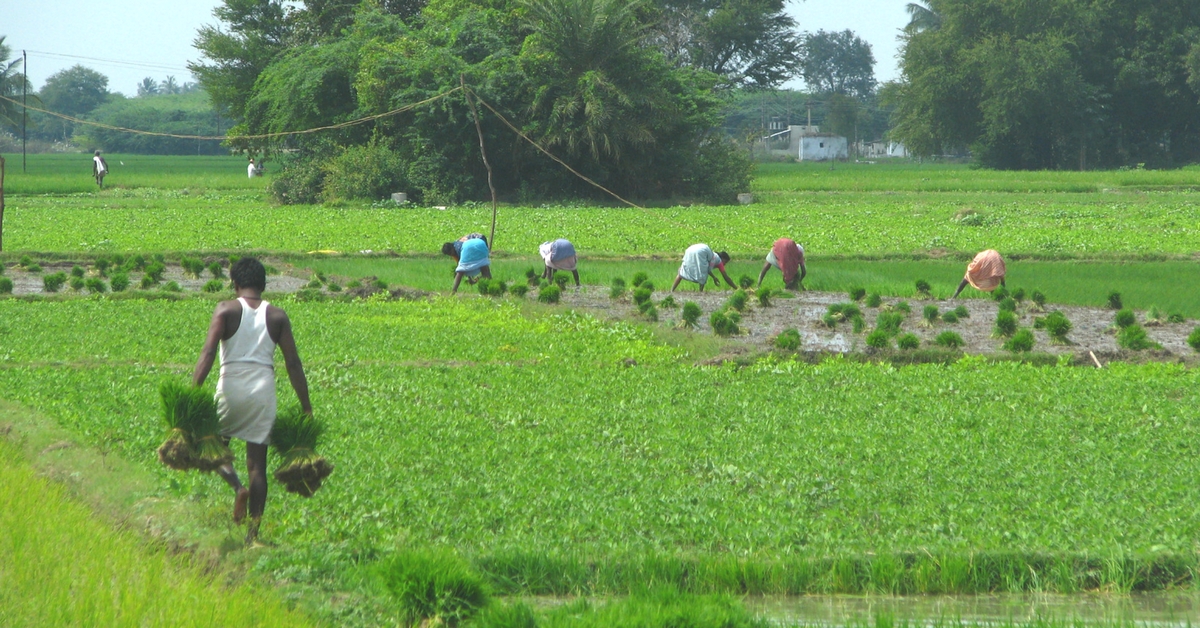After three consecutive years of drought, in March 2017, the Tamil Nadu government decided to take a leaf out of the region’s history, and revive kudimaramathu, which is the long-neglected traditional practice of managing and revitalising ponds, tanks and reservoirs.
With sustainability built into this system of managing small water bodies, this method is expected to bring life back to the water-starved state.
The practice of kudimaramathu dates back thousands of years. Each dynasty which ruled over this vast land prioritised the construction and management of these small water bodies with active participation from the local community. Kings would often incentivise local communities to take care of these ponds and reservoirs by offering them a little land in their vicinity, depending on their farm holdings in the area served by that particular irrigation project.
“The water bodies were structured in chains, with excess water from one structure flowing downstream, thus allowing for maximum storage and minimum run-off,” says this analysis of this ancient practice in the Economic and Political Weekly (EPW).
In addition to serving the purpose of irrigation, these water bodies would also serve as a source of drinking water, besides sustaining the practice of fish-rearing, animal husbandry and strip plantations of mango and tamarind. “More importantly, the silt accumulated in the tank beds served as natural manure for the ayacut lands. Brimming with water, the tanks and ponds also helped replenish the water table in the neighbourhood wells. Thus, the waterbodies were central to community life” the EPW analysis adds.
Tamil Nadu has 41,127 such small water bodies according to a government census. From 9.2 lakh hectares of the total 10 lakh hectares in the 1960s, these small water bodies irrigate just 4 lakh hectares today (2015).
With a water holding capacity of 17.9 lakh million cubic feet (all dams in the state can hold 21.6 lakh million cubic feet), revitalising these small water bodies has become a critical endeavour for local farming communities in the Tamil Nadu. This is why the state government is expending its efforts into revitalising these water bodies.

At the heart of kudimaramathu is local participation, where beneficiaries of these small ponds, tanks and reservoirs volunteer to repair, maintain and oversee the development of these water structures on a household or acreage basis.
These households volunteer to fix these structures once a year, usually during the summer before the monsoons arrive. If they cannot contribute labour, an offer of grain or money is given to those tasked with the responsibility.
Read also: This IIT Alumnus Has Changed the Lives of More Than 600 ‘Aquafarmers’
“This innovative participatory irrigation management was marginalised with the state wanting to control precious natural resources,” says the EPW analysis.
Although both the TN government and NABARD have contributed a total of Rs 600 crore for these projects, the state continues to infringe on community participation and slow the down the process of revitalising these projects.
Read also: How Water Solutions From the Mauryan Empire Saved This Region in Bihar
These projects are too critical for unnecessary politicking, and better efforts must come into play for integrating this initiative with centrally-sponsored schemes like MNREGA. Without the active participation of local stakeholders like farmers, this initiative will never succeed. It is time for the state to let go of its vice-like grip on these water bodies.
Like this story? Or have something to share? Write to us: contact@thebetterindia.com, or connect with us on Facebook and Twitter.
NEW: Click here to get positive news on WhatsApp!
We bring stories straight from the heart of India, to inspire millions and create a wave of impact. Our positive movement is growing bigger everyday, and we would love for you to join it.
Please contribute whatever you can, every little penny helps our team in bringing you more stories that support dreams and spread hope.
